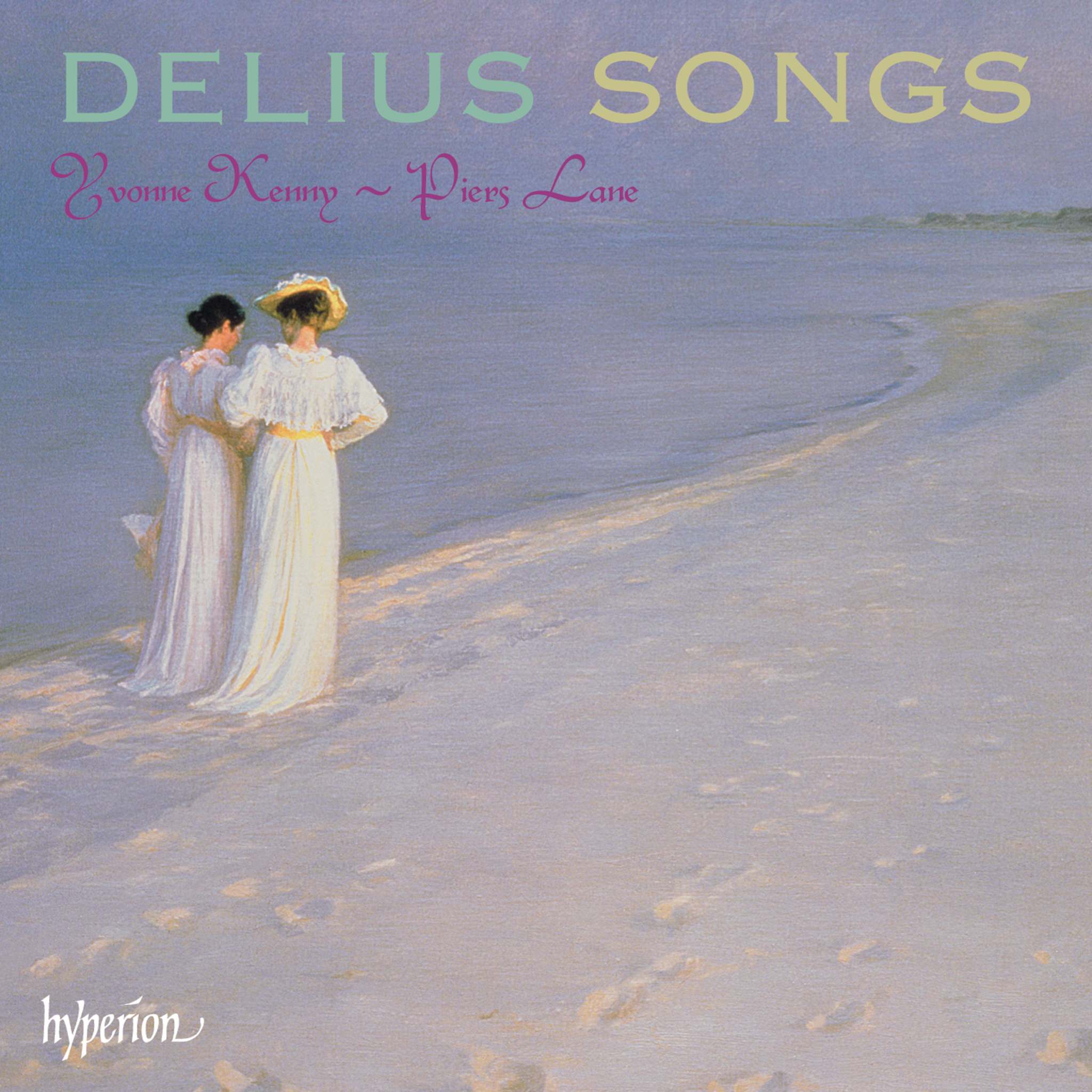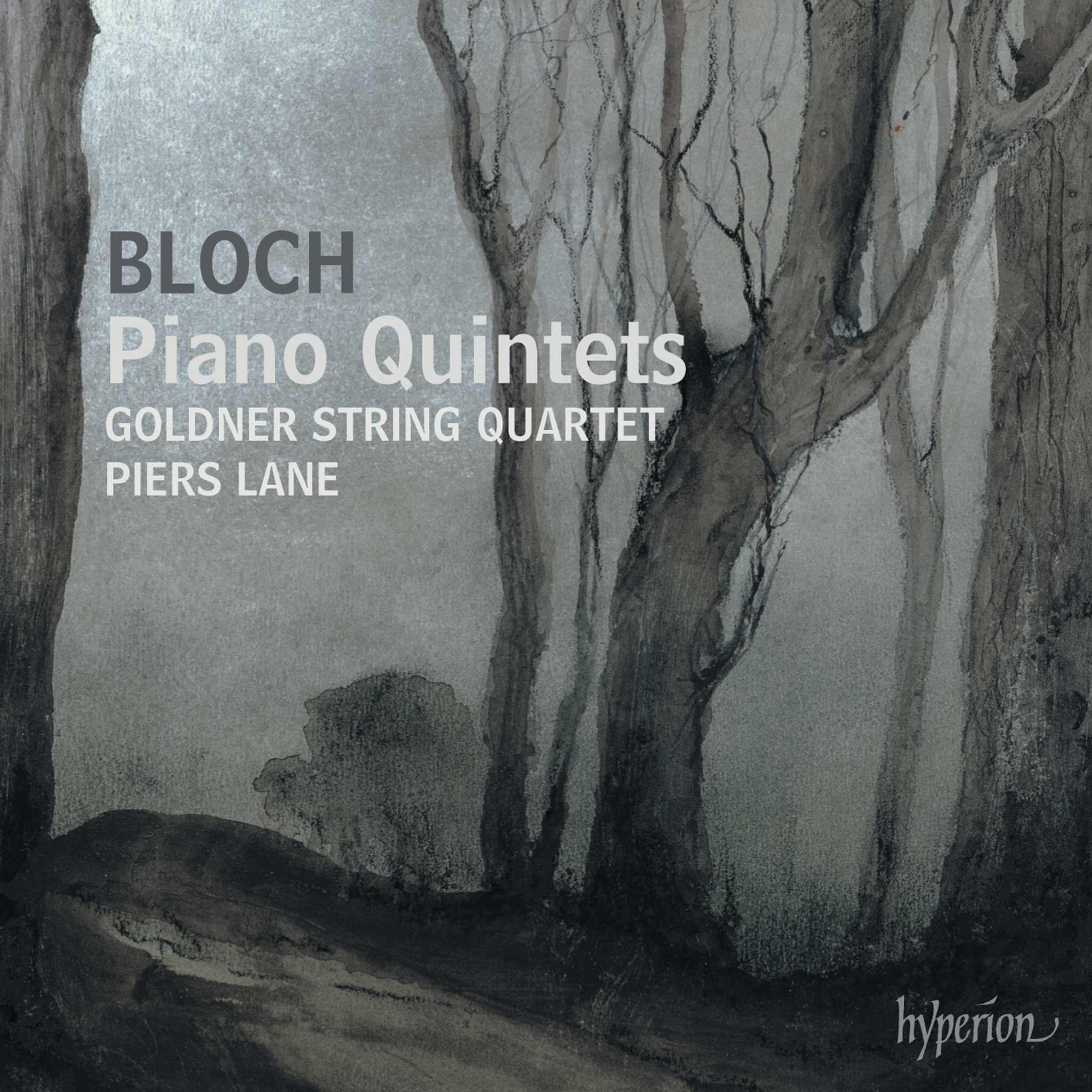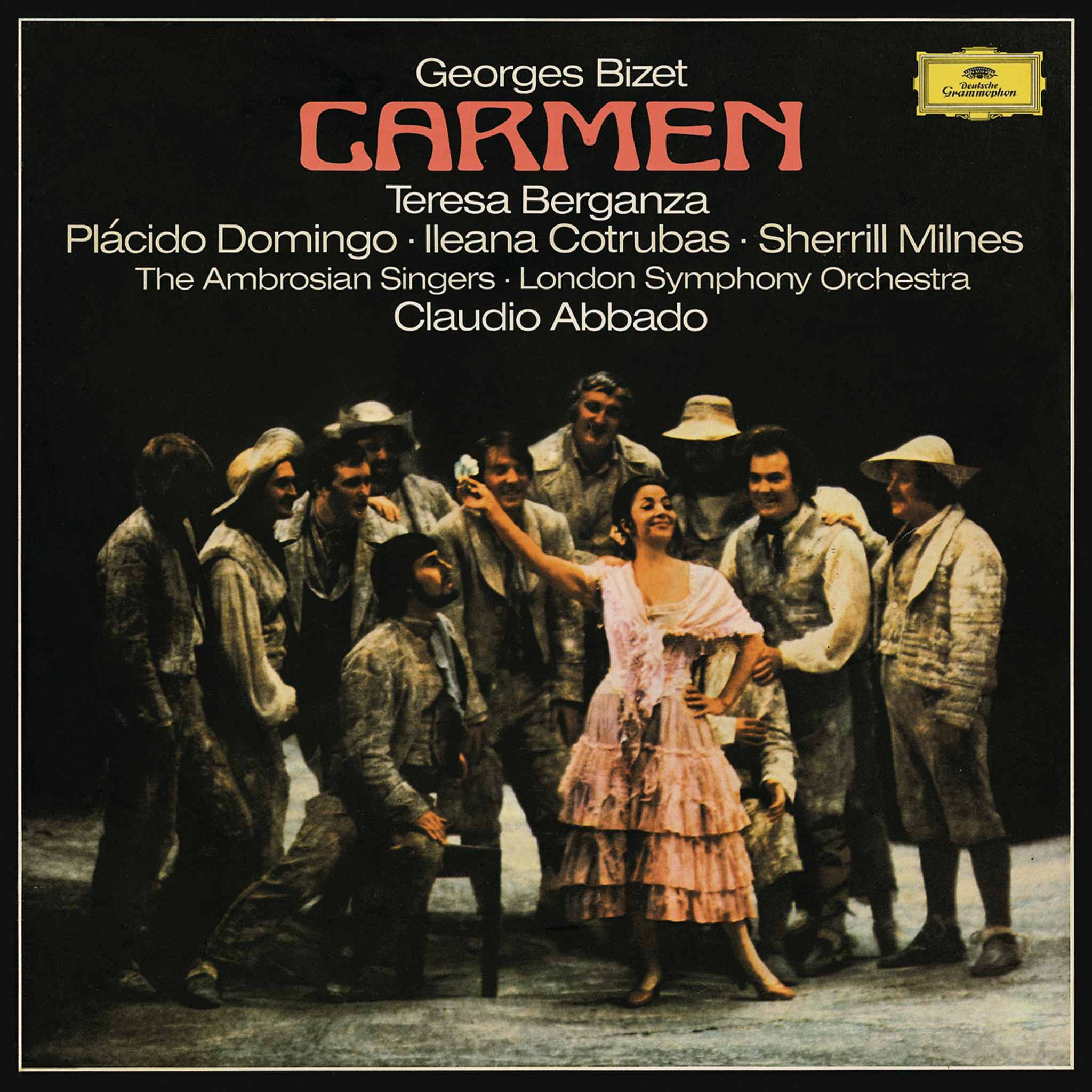Album insights
Maurice Duruflé's composing was a slow, meticulous process over sixty years, where only ten of his works were published, one less than his teacher Paul Dukas. Unlike Olivier Messiaen, Duruflé avoided avant-garde experimentation, opting for a retrospective approach inspired by Gregorian chant and French composers like Debussy. His masterpiece, the 1947 Requiem, combined orchestra and organ, reflecting his preference for these instruments. The Requiem was based on Gregorian chant from a suite he was already working on.
Duruflé's composition strength lay in fusing disparate elements like Gregorian chant, subtle counterpoint, and harmonies akin to Debussy, Ravel, and Dukas. His use of Gregorian melodies gave the work expressive freedom, maintaining a serene spiritual optimism. The Requiem's structure was inspired by Fauré's, emphasizing peace over tragedy. Each movement, from the Introit to the In Paradisum, flowed seamlessly, blending text and music harmoniously, culminating in a transcendent final chord.
His Requiem, refined over time, focused on intimacy and expression, ultimately released in 1961 as a reduced version due to practical orchestral limitations. The adaptation maintained the work's emotional depth while enabling performances in smaller settings. Duruflé’s Quatre Motets from 1960, designed as companion pieces to the Requiem, showcased his talent for polyphony and spiritual depth derived from Gregorian chant, crystallizing his musical language.






